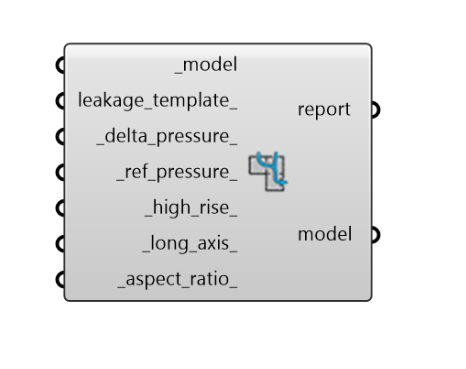Hello,
I am trying to simulate natural ventilation in a primary school for different window to wall ratios, with a fraction of the window area that is operable of 0.25. In Quebec, most of the primary schools are built with classes on both side of a central corridor. Hence, there are internal windows at the top of the walls between classes and the corridor that can open to insure natural ventilation (we call those Vasistas in french). They are quite small, usually .075 meter high max.
I have already done daylight simulations (using honeybee) with those internal windows and have not encountered any problems. However, I haven’t found the solution on how to set the EP Air Flow component (or other parts of the script) to insure natural ventilation through interior windows.
I have attached a image of the model, with classes on both side of a central corridor, as well as my Rhino model and a script which only sets my zone (as I have not script for energy simulation yet).
Many thanks,
Alexandre Carrier
École_Filteau2.3dm (6.9 MB)
EnergySimulationHB.gh (519.3 KB)
Hey Alex,
Any luck with the above? Trying to figure out the same thing.
Cheers,
Stef
In the newest version of LBT, there is a sample file that shows an example of airflow through interior windows call “afn_apartment_model.gh”.
2 Likes
@kentakahas’ reccomendation is good. I would add that, in order to model airflow internally through multiple zones, make sure you use the Airflow Network (AFN) component, in addition to the Ventilation Control component:

Using just the Ventilation Control component only models airflows through one or two openings in a zone, and (using derivations of Bernoulli’s equation and the ideal gas law) approximates the temperature and mass flowrate of the stack or wind-driven airflow through windows. The heat from the airflow then gets incorporated into the zone heat balance, but the additional mass isn’t (by default) incorporated into any zone mass balance. So when you have two connected zones, the model can’t model the pressure difference between the two, and you won’t get accurate interzone airflows. The AFN does maintain some sort of mass balance.
2 Likes
